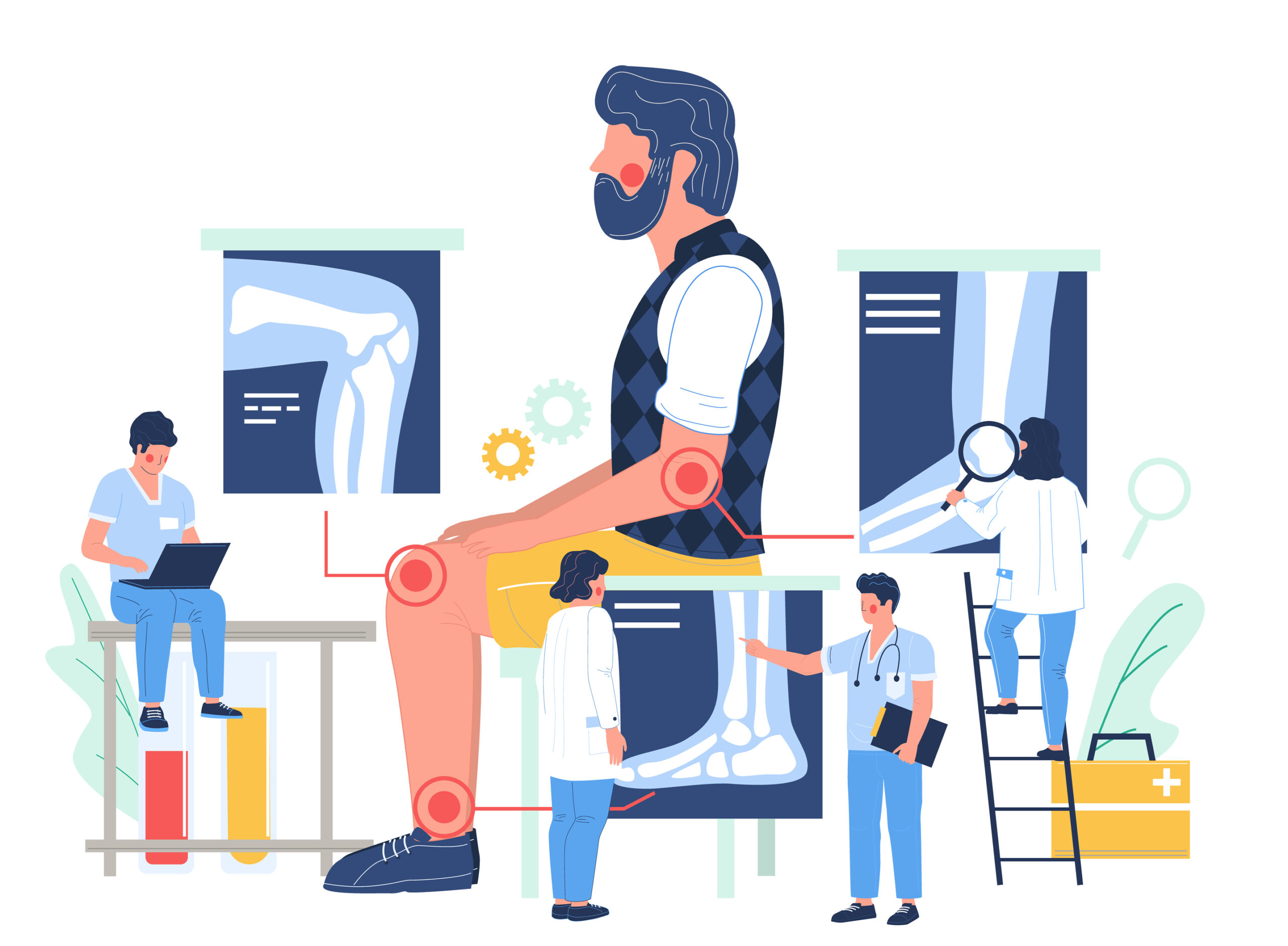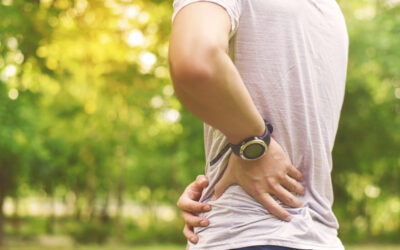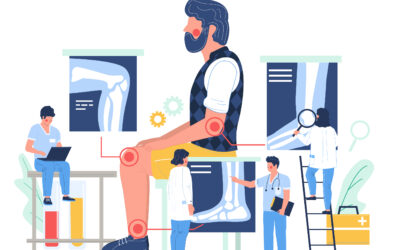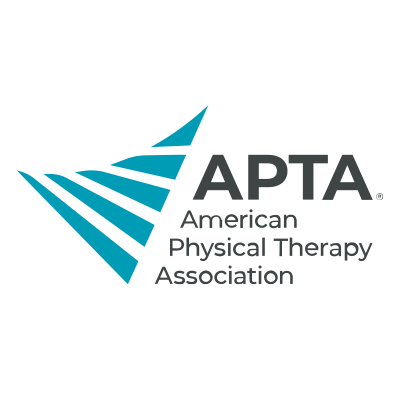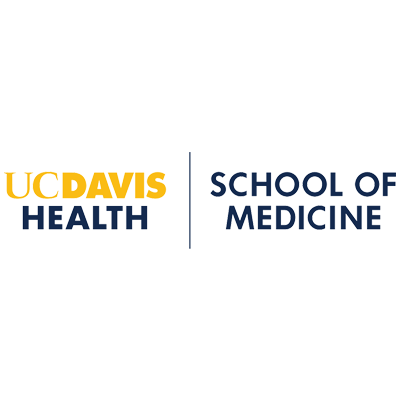Written by Tim McGonigle, PT
Mitigating osteopenia and osteoporosis is a concern for women of all ages and for many elderly men. It is estimated that 54 million Americans have significant deficient bone density and that 2 million osteoporotic related fractures occur in the US annually. Fractures lead to prolonged inactivity, which leads to the accelerated multisystem degenerative changes that we all must fight as we age. This is why it is said that fractures related to falls are the leading cause of death in people over 65. They set into motion a downward spiral of pain, fear of mobility, medication use, physical inactivity, social isolation and stimulating sensory deprivation so that all our systems rapidly decay.
We are frequently asked about the risk/benefit of hormone replacement therapy and osteoporosis medications vs lifestyle changes and exercise in the effort to mitigate the inevitable osteoporotic changes that occur in our society with aging. While it is clearly out of our expertise and practice act to express an opinion regarding pharmacological options, we are pleased to pass along the encouraging links to Belinda Beck, Ph.D.’s interviews as she discussed her research on exercise and bone health, and other new insights emerging from recent research in the microbiology and physiology fields regarding the subject. (Links can be found at bottom of article)
As you will see, Dr. Beck’s research pushed her to the same uncomfortable conclusion that we at Folsom Physical Therapy also face when training an aging population with comorbidities. That is that stresses applied to bone, as with every other tissue or system, need to sufficiently challenge their integrity to stimulate the necessary remodeling to mitigate the inevitable degenerative changes that occur with aging. Challenging tissues and systems to this intensity comes with risks that inhibit many practitioners from incorporating effective interventions into their practice. As you will see from Dr. Beck’s work, mitigating risk by reducing demand does not facilitate much benefit. She, as we, are faced with the dilemma that playing it safe is just paying lip service to the interventional approach and that it is necessary for practitioners to be willing to go out on a limb to give people a chance of effectively fighting the degenerative/aging processes. This is why we ask our gym and group exercise participants to acknowledge our shared responsibility for their safety prior to participation in our program. We are willing to encourage the necessary intensity, but we are dependent on each participant’s rational application to ensure their safety.
Level of risk can be mitigated with proper preparation. Even old tissues and systems can adapt to new stresses if given time and the ramp-up is slow. Science shows that it takes healthy tissues and systems 12-16 weeks to establish good tolerance for a new activity or demand. It is common for participants to tell us it took them 4, 6, 9, 12 or 14 months to feel they had fully adapted to our high-level training sessions. It has been our experience that if the training is ramped up too quickly, even participants utilizing good technique develop sore tendons and joint structures no matter where they are on the health/degradation scale. If unchecked, tissue breakdown can occur that requires an interruption in the routine, often leading to failed onboarding into our program. This is why we require all new participants in our gym and group exercise programs to engage with one of our therapists for an evaluation and guidance, and to either work with their therapist one-on-one, train independently in the gym or in the beginning afternoon sessions for at least 6-8 weeks prior to jumping into our more aggressive morning sessions. The same will be true for our new osteoporosis and osteopenia mitigation program.
A Primer On Bone Development And Decay
Our skeletal structure initially forms with cartilage and by the time we are born some of the cartilage cells have been replaced with bone cells (the process of ossification) in the shafts of our long bone. Ossification is often complete in females by 18 years old and in males perhaps as late as 25 years old. This developmental period is the opportunity to build your “bone bank”. For this reason, Dr. Beck states that osteopenia and osteoporosis should not be seen as an aging certainty, but as a missed childhood opportunity. As you will see, lifestyle beyond these years also has a strong influence on bone health later in life.
Proactive awareness is critical as prevention is much easier than playing catch up once a deficit is established. Ensuring children have a calcium rich diet with adequate vitamin D from either sun exposure or supplements, and a thoughtful dose of impact activities on a daily basis sets kids up to optimize their bone health throughout life. Of course, good dietary habits and exposure to impact activities must continue throughout life to preserve bone density. There must be a balance between stimulating bone density with impact forces and protecting joints and discs from the wear and tear of excessive compressive activities, just as sun exposure must be balanced with the risks. We accept that life requires thoughtfully balancing a multitude of often conflicting needs.
With good lifestyle choices and application of the new scientific understanding, bone density can remain robust. As with all our tissues, bone remodeling occurs throughout life as some cells are reabsorbed (Osteoclastic activity), and others are laid down in their place (Osteoblastic activity). The key to mitigating osteoporosis is to outpace osteoclastic activity with productive osteoblastic activity. With the emerging scientific evidence, this now appears possible through non-pharmaceutical means for many.
The direction and rate of change occurring is strongly influenced by the demands the tissues are subjected to. Inadequate challenge due to a sedentary or even a modestly active lifestyle and weakening occurs to “meet” the lack of demand. If demands exceed the health and remodeling capacity of a tissue or system, breakdown occurs (stress or compression fractures). But thoughtfully dosing high demands with adequate remodeling time enhances the health and functional tolerances of every tissue and system in our bodies, even into our old age.
A role of estrogen is to mitigate osteoclast activity so as estrogen drops in peri and menopausal women the loss of bone tissue can be dramatic. This is one of the arguments for hormone replacement, to slow the osteoclast activity and preserve as much bone as possible during this stage of a woman’s life.
The two common barometers of bone health are a T-score, which indicates bone density as compared to a 20 to 30-year-old of the same gender and race, and a Z-score which indicates bone density against one’s age and gender peers. A T-score of (-)1 to 2.4 indicates demineralization/weakening of the structure of bone (Osteopenia) and a score of (-)2.5 or less indicates significant demineralization/weakening of the structure of bone (Osteoporosis).
Influence Of Exercise On Bone Health
Building bone involves two stages. The first is to facilitate the production of new bone cells and the second is to subject the bone to adequate physical demands to encourage the new cells to mature into robust bone matrix.
When subjected to specific mechanical stresses bone cells produce a chemical signal stimulating the gene expression responsible for the creation of new bone cells. Through recent research we now have a greater understanding of this process, leading to much more refined, targeted and productive intervention. While it has long been understood that mechanical stresses must deform bone to maintain or enhance bone density, methods of optimizing this process are coming to light.
We now understand that optimal production of the bone cell proliferating signal is achieved by performing approximately 40 bone deforming impulses during a ten-minute window every eight hours. Additional loading during the eight-hour recovery period is not very productive in producing additional signaling. Therefore, the first step to building more resilient bone is to optimize new cell production by performing a series of up to 40 impact exercises throughout the skeletal system twice a day. Since bone cells require an eight-hour recovery period to recharge their ability to optimally signal it is theoretically possible to get three rounds in per day. However, this would require precise timing of perhaps 6:00 AM, 2:00 PM and 10:00 PM and accounting for the ten-minute exercise sessions, three times a day is just not practical.
For easy access to the force required to stimulate the cell to signal, quick decelerating impulses are used. These quick exercises also allow for the entire routine to be performed during the productive 10-minute window. Doing so optimizes the production of new bone cells, laying the foundation for enhanced bone matrix to follow. Without new bone cell production enhanced bone density will not be possible. Capitalizing off this every eight-hour opportunity optimizes the potential of enhancing more resilient bone matrix.
The second stage involves what has traditionally been thought of as bone building activities, such as running, playing ballistic sports, resistance training or heavy physical work. The stress from these activities may not be consistently sufficient to stimulate optimal bone cell signaling and they are understandably not performed at a frequency that would optimize new cell production. The role of these more traditional training methods is to encourage the new bone cells to stick around and mature into better bone matrix. If new cell production is not accompanied by these more intermittent prolonged stresses the new cells will simply be reabsorbed as the body will not perceive a need for them.
By performing both the quick twice-a-day bone cell stimulating routine combined with frequent heavy physical training to encourage retention and maturation of the new cells, real change in bone density can be achieved.
Adequate nutritional intake to support the production of more robust bone is critical. In addition to a healthy diet, molecular exercise expert, Keith Baar, PhD, strongly recommends collagen supplements from marine sources or animal pelts (not from animal bone due to the potential concentration of heavy metals) taken with Vitamin C to ensure adequate building blocks are available to meet the new bone matrix development demand. Dr. Baar states that protein supplements from plant sources can be used but since they may not be absorbed as well as animal protein, doubling the dose may be necessary to achieve the same benefit. Please revisit our dietary fact sheet and ensure you are taking full advantage of your bone building efforts.
Dr. Beck’s Program
Dr. Beck further points out that exercises that facilitate better posture, balance, agility, back extensor and lower extremity strength mitigate fall risk and are perhaps more critical than bone density to preventing fractures. Interestingly, she makes note of the contribution of a kyphotic thoracic cage to fall risk as it diminishes the visual field, alters the center of mass and slows neuromotor responses to position changes and external stimuli. She promotes exercises that challenge the participant to control their body in space and not to solely rely on resisted exercises on secure gym equipment. (Sounds like what happens in our gym on a daily basis!)
Dr. Beck’s program is a twice a week, 30-minute weightlifting program which initially focuses on proper technique with just a broomstick and eventually builds to lifting 80-85% of a one-rep max for 5 sets of 5 reps each. Her program consists of a loaded squat, deadlift, overhead press and the equivalent of our jump-squats with an impact landing while holding onto the high-low bar. She understands that this sounds risky, but she states we either give people a chance to enhance their health or stand on the sidelines and allow them to decay. Dr. Beck’s study shows that with good guidance and a slow ramp-up the benefit far outweighs the risk. Dr. Beck does acknowledge some injuries have occurred in her participants, but that the overall positive outcomes in terms of increasing bone density, physical confidence, tolerance for activity, sense of mental and physical wellbeing, and reduction in fear of movement, and aches and pains over an 8–12-month period justify the risk. All of her participants have been grateful someone is giving them a chance to fight for their health, have been forgiving if an injury occurs and returned to the program once the injury healed. She is firm in her advice that the program should be supervised by a PT, or other clinical specialist, to ensure proper technique and to navigate the predictable comorbidities of arthritis, degenerative spinal issues, weakened pelvic floor structures, etc. that are common in the post-menopausal age group.
Dr. Beck encourages women to get started in childhood and continue exposing their structures to impact or heavy weightlifting activities throughout their lives, so they enter the demineralizing stage with as much bone density as possible. While turning back the hands of time for many reading this article is not possible, we need to take you where you are and build a thoughtful program from here. Dr. Beck’s studies indicate it is rarely too late!
Combining the training concepts of Dr. Beck’s program with the recent insights regarding bone cell proliferating exercises twice a day produces a groundbreaking approach to bone health intervention.
Influence Of Diet And Medication On Bone Health
Information exchange cannot come without controversy. Many tout the calcium content of dairy as the dietary choice for bone health but comparing world maps that indicate where osteopenia and osteoporosis are most prevalent correlates with areas where people consume the greatest amount of dairy per capita. It is beyond our scope to say if this relationship is correlative or causative, but we would encourage you to do your own investigation. As you will see if you view Dr. Greger’s videos on nutritionfacts.org, there are plenty of calcium rich plant sources, including the deep green leafy vegetables, calcium fortified plant milks, firm tofu, along with the protective properties of almonds, prunes and beans for bone health.
Many common medications and lifestyle habits are detrimental to bone density/health, including those for depression and anxiety (Selective serotonin receptor inhibitors), anticonvulsants that control seizures, antacids, glucocorticoid steroids (strong anti-inflammatory and immune suppressing action – such as prednisone or cortisone type substances utilized in inhalers for asthma, ointments for skin irritation, oral medications for allergies, and other oral or injectable medications for acute and chronic inflammatory conditions), blood thinners (Heparin), in addition to excessive alcohol use and smoking. When these medications are necessary their effect on bone health should be countered with early and aggressive positive lifestyle choices in an attempt to preserve bone health as we age.
With this in mind, please assess your lifestyle choices and get involved in our program. Encourage your daughters, granddaughters and friends to get started now. Logan Appledoorn, DPT and Aviel Haberman, DPT are our Olympic-type weightlifting specialists with the expertise Dr. Beck speaks of to prevent, or manage, the common comorbidities that limit one’s ability to sustain participation in a bone health program over a lifetime. Additionally, they have access to our entire gym program, so there will be no problem incorporating the other aspects of fall prevention Dr. Beck speaks of – mitigating a thoracic kyphosis, back extensor and lower body strength, balance and agility drills, etc. into the overall optimal package to prevent and address bone health issues throughout the spectrum of the aging process.
All new participants to our gym program will need to seek initial guidance from one of our therapists. Those already participating in our morning group exercise sessions whose T-score is (-)2 or better are welcome to join Logan’s early morning sessions as he starts the educational and ramp-up process. The plan for this group will be the same overall training that occurs in the other morning sessions with a slant towards increased focus on bone health, so all current morning participants are welcome. Anyone with a T-score below (-)2 is asked to seek individual training with Logan or Aviel.
We will also incorporate more of this impact/compression training into our other morning group exercise sessions. We have had several participants tell us that their T-scores improved after training at FPT for a year and that they were measured as standing taller at their annual physicals (a reflection of improved lower extremity and spinal mobility).
It is possible our current training is vigorous enough to enhance bone health, especially as we incorporate the more recent insights regarding the facilitation of new bone cell proliferation into our participant’s daily routines. With our guidance our program has obviously proven to be safe for aging disc and articular structures.
Please gather your T-scores and help inform us if adaptations to our program are necessary or if it is already hitting the mark. As always, we will need your partnership in sharing the responsibility of mitigating risk and ensuring your safety as we stretch our boundaries in an effort to enhance your health, longevity, functional tolerance and quality of life.
Folsom PT Strong!
Link to Dr. Beck’s interviews:
- 322 – Bone health for life: building strong bones, preventing age-related loss, osteoporosis, & more
- “ONERO Builds Bone without Medication-How’s and Why’s” with Professor Belinda Beck
Dr. Baar’s lectures:
Perform a Google search online
Link to Dr. Greger’s videos regarding dietary influences:

